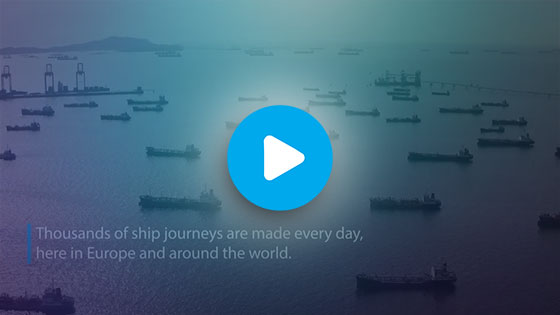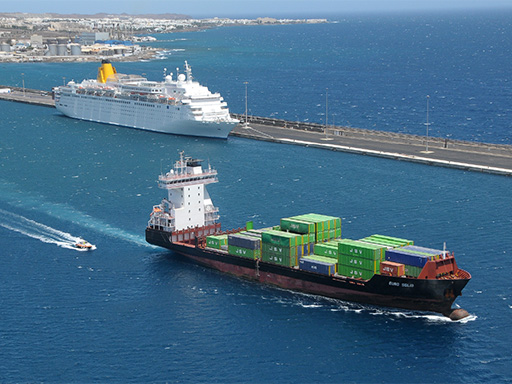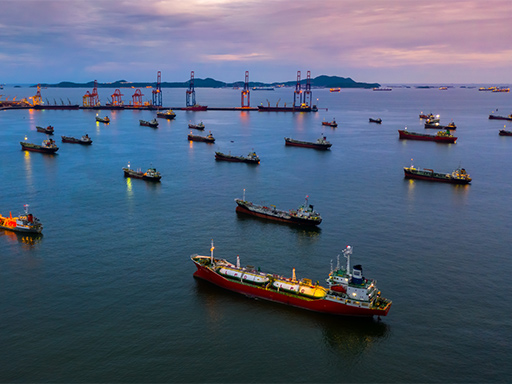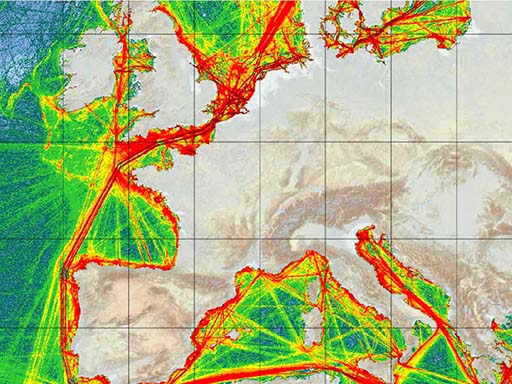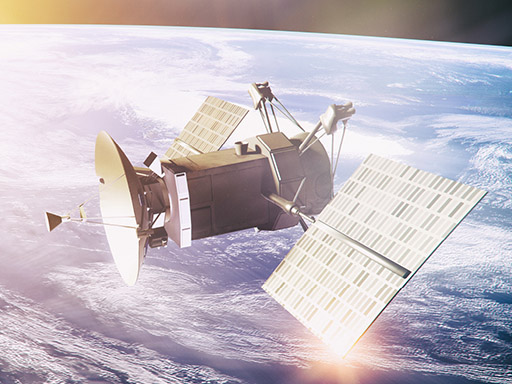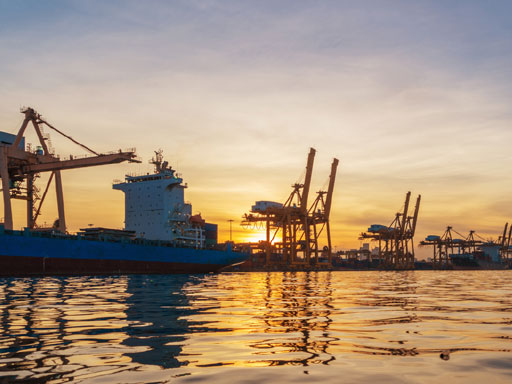Interoperability

Maritime transport powers the world economy. With more than 80% of world trade transported by ship, the sector has a crucial role in the global supply chain. Here in the EU, approximately three quarters of all international trade in and out of the Union is carried by sea.
Maritime transport also has an important social role in the EU. Hundreds of millions of passenger journeys are made each year within and between Member States, for business and leisure. In addition, ships and ferries are often the only links between many remote island communities and the outside world.
The maritime transport sector supports employment, directly and indirectly, for millions of people – working on ships, in ports, in logistics, in construction, and through tourism and trade.
But the reporting and formalities environment for maritime transport in the EU can be complex, placing an unnecessary administrative burden on national administrations and ship operators alike.
To create greater efficiencies, and to simplify the maritime environment, the Interoperability Project was launched in 2018.
The first objective of the project was to assist EU Member States in improving their Maritime National Single Window (NMSW) solutions and their interfaces with SafeSeaNet, the EU-wide maritime data exchange managed by EMSA, to achieve better data consistency, improve the re-use of data and harmonise exchanges between Member State and EMSA systems.
The second objective was to contribute to the development of a European Maritime Single Window environment through the development of interoperability solutions and specifications.
The Interoperability Project, funded by the European Maritime and Fisheries Funds, provides concrete benefits for national authorities, industry, and EU citizens.
Its work helps to make shipping journeys safer, simpler, and more efficient.
 Project funded by the European Union –
Project funded by the European Union –
European Maritime and Fisheries Fund

